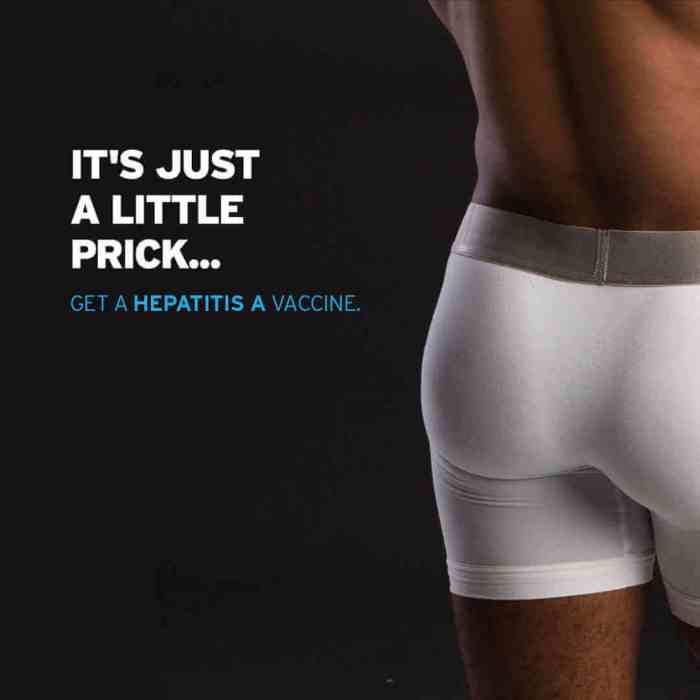BY NATHAN RILEY | Once she received the call, Cathy Kelleher dashed to the emergency room at Columbia Presbyterian and asked the man whose overdose had been reversed, “What can I do to help?” Hesitantly, he mentioned his need for a birth certificate, but the office in Puerto Rico closed after the hurricane. From this simple request, she knew a successful intervention might be possible.
Kelleher is a trained peer, a person with “lived experience with substance use” as the city health department characterizes her job description. And when the department is alerted that an affiliated hospital is treating a non-fatal overdose patient, Kelleher and her co-workers travel to meet the patient. The goal is to be in the ER in less than an hour. The program is called Relay because the workers only show up after information has been relayed to them that there is a patient recovering from an overdose.
Kelleher knew she could help the man get a birth certificate. Unlike emergency room personnel, her duties include personal contact in the days following an overdose. And what can be more helpful than accompanying a stigmatized person when they go to strange places? She called the city Department of Human Resources and arranged for the birth certificate’s retrieval and, with this critical document, she helped him obtain vocational training as a food service worker.
City moves to prevent fatalities but remains skittish on safe consumption spaces
The overdose also gave Kelleher a chance to talk about naloxone. That drug is to overdoses what a defibrillator is to heart attacks. Take it and in a matter of minutes breathing is restored. Opiate poisoning leaves a person incapacitated, so another person must administer the medicine. An ingenious innovation now permits injection without using needles. A piece of plastic, with a tip like the one used in cold medicines, fits into the nose. Squirting half the solution into each nostril allows normal breathing to resume within two to five minutes. This medicine is the key ingredient for averting fatal overdoses.
It is carried by emergency medical personnel, some police, and members of the public. With an hour training, anyone can administer naloxone. The city aims to distribute 100,000 of its kits, especially to family members and other people who know drug users. Already, 45,000 kits have been disbursed, so officials believe the goal is realistic.
Kelleher has nearly 25 years experience in the field. In her last job, she ran a for-profit sober house, but she prefers the emphasis on helping people offered by the non-profit Relay Program. With her experience, empathy comes naturally and this, combined with her shared understanding of living with a habit, helps her establish trust with drug users who survive an overdose. The patient she met at Columbia Presbyterian had heard of fentanyl — a common additive to opioids that increases the risk of overdoses — but she introduced him to naloxone.
Another service that the Relay worker can offer is medically assisted treatment where a user’s life is stabilized with the help of methadone or buprenorphine to wean them from opioids. Only specially trained doctors may prescribe buprenorphine, the most convenient form of treatment because the medicine is taken in pills. New York City has 14 clinics where people on Medicaid or without insurance can access it. Relay workers call ahead and get a user an appointment at the appropriate clinic.
The Relay Program is an effort to get care to people who are at the highest risk of having a fatal overdose.
Dr. Hillary Kunins explained that after a person has an overdose, “they are at a higher risk” of having another and possibly fatal OD. The Relay Program is “also an opportunity to provide peer support” that hospitals can’t. The assistant health commissioner for the Bureau of Alcohol and Drug Use Prevention, Care and Treatment, Kunins expects that the program will “reduce the risk of a reoccurrence” and introduce more naloxone kits to drug users, who themselves are the most likely people to be near someone becoming unresponsive after drug use.
This is harm reduction done patient by patient, and it should save lives but it is doubtful that this program alone will turn the tide. Step by step by step New York City is dispensing naloxone kits. Homeless shelters also have naloxone kits and train residents in their use.
One obstacle is that about half the patients decline Relay help. After an overdose, they just want to get away. Isolating is their immediate reaction.
Naloxone is only effective if it is in the right place at the right time. The city is close to releasing a feasibility study on allowing needle exchanges to permit users to bring the drugs they purchase on the street and ingest them on the premises in the presence of an overdose prevention worker. It’s a program that brings the user to the naloxone.
There are such programs in 100 cities across the globe, and Canada is expanding its program from Vancouver to cities from coast to coast. Philadelphia and San Francisco will initiate programs this year.
Kunins said that the health department’s feasibility study would be made public soon. But there is trepidation among city officials, with a fear of neighborhood backlash. She abruptly ended the interview when I moved the discussion toward safer consumption spaces.
Unlike the AIDS crisis where gay men and their allies united into a politically potent force, drug users remain stigmatized and usually don’t come out to fight for the programs that will save their lives. The lack of a powerful voice from drug users and their allies leaves city officials worried that people who want drug users punished and not coddled will grab center stage, damning their good intentions.


































